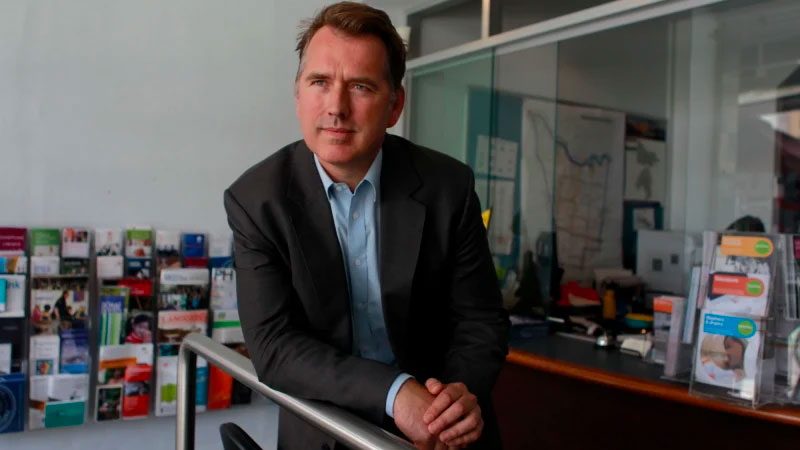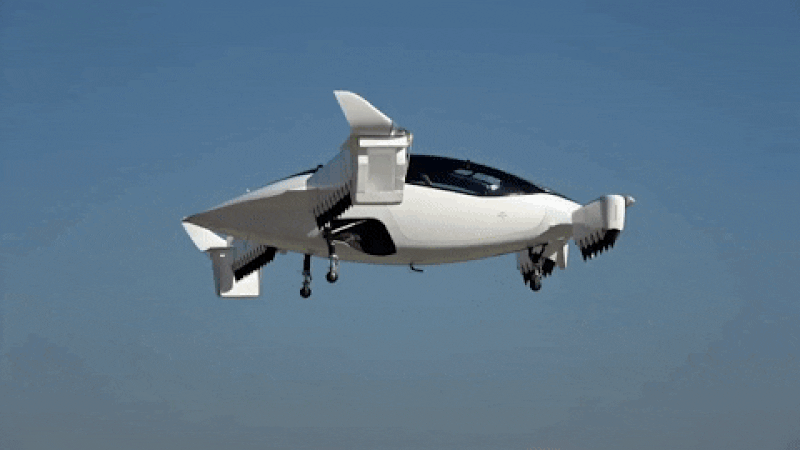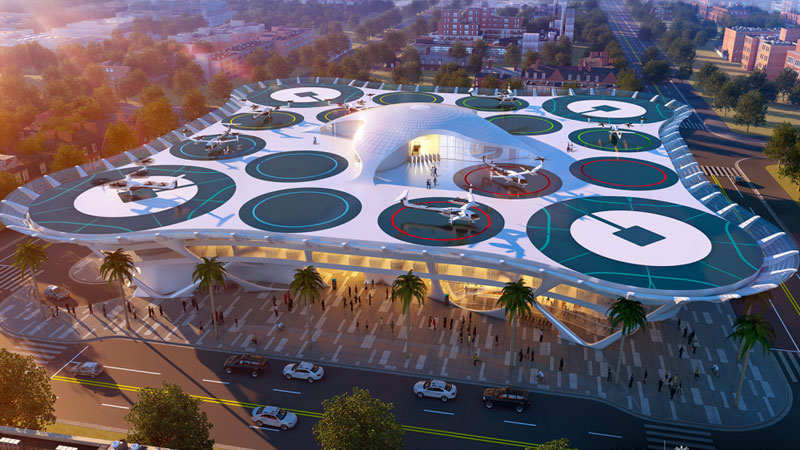TUD: And finally, a few ‘parlour game’ questions.
A recent book you enjoyed?
CNB: As a former member of parliament I enjoy all the political “insider” books by authors such as Niki Savva (“Plots and Prayers”) for the fascinating behind-the-scenes stories.
A recent streaming series you enjoyed?
CNB: Last Man on Earth, streaming on SBS on demand. Very quirky and funny.
Someone that inspires you.
CNB: The Wright brothers. These bicycle shop owners laboured for years to produce the first powered flight. What must have seemed a fantasy, they were able to make a reality. And of course very gutsy to strap themselves in to their contraption and take off!
Up to three buildings or projects that inspire you.
CNB: Picnic Island in Tasmania. Urban renewal projects such as the Highline in New York and Cheonggyecheon in Seoul.
The low-rise art deco buildings which have survived in Melbourne such as Alkira House, Yule house and the Majorca building.
Who are you looking forward to meeting at Urbanity?
CNB: Urbanity will be a great opportunity to catch up with people in the industry to discuss urban aerial mobility.
The property industry can’t help much with the background work now going on to develop aircraft but once they start flying the property industry is the missing piece of the puzzle. Without us there can be no aerial ride sharing service.
I will also be looking forward to chatting with Sam Tarascio about the potential for delivery drones in his transport, logistics and property businesses.












